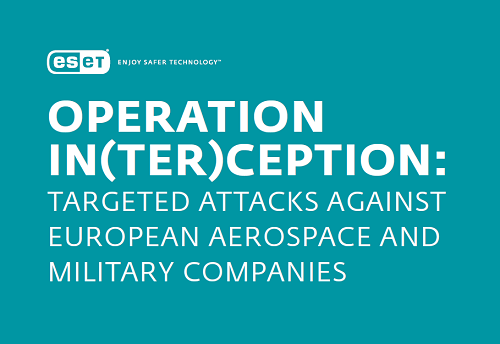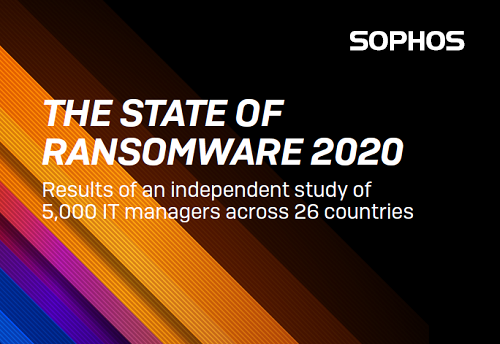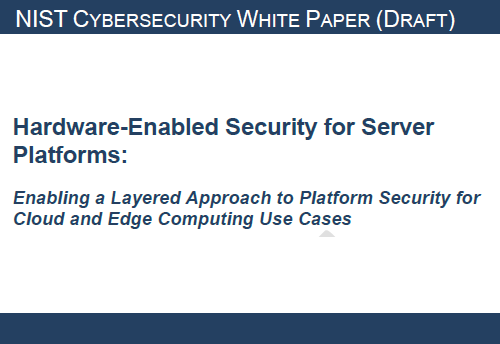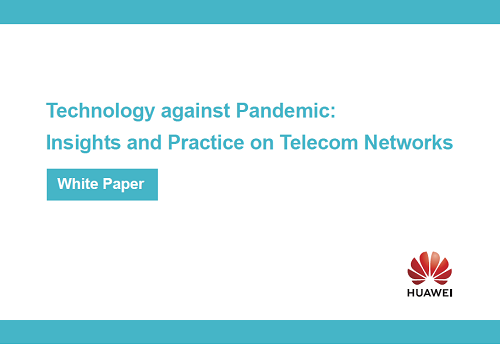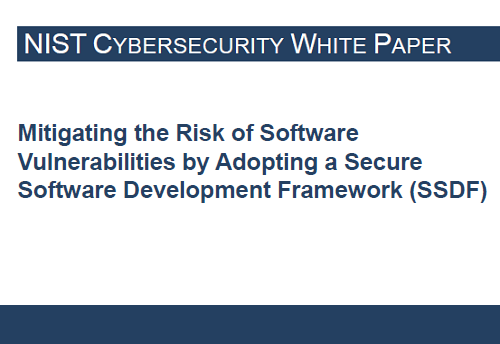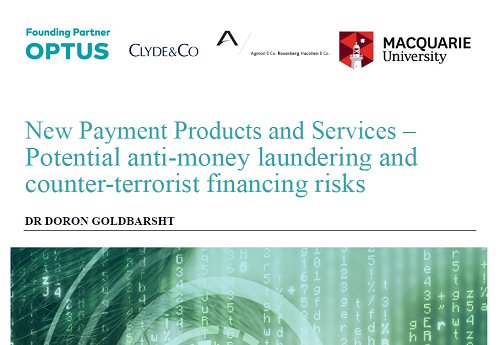Operation In(ter)ception: Targeted attacks against European aerospace and military companies
ESET researchers have discovered an operation, with a possible link to the infamous Lazarus group, that used unconventional spearphishing and custom, multistage malware against aerospace and military companies. ESET researchers have discovered highly targeted cyberattacks that are notable for using LinkedIn-based spearphishing, employing effective tricks to stay under the radar and apparently having financial gain, […]

